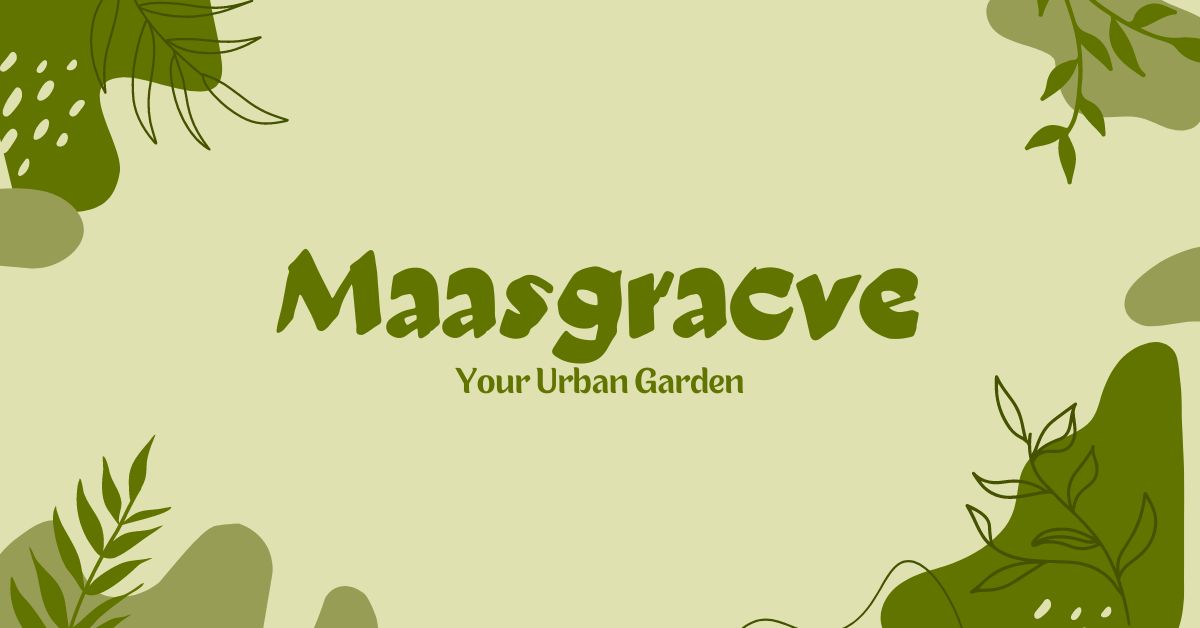Throughout the annals of human history, certain places capture the imagination with their mystery and depth. One such enigmatic location is Maasgrave—a site steeped in history, legend, and significance. While often overlooked in mainstream historical discourse, Maasgrave holds secrets that, when uncovered, offer a profound understanding of cultural heritage, conflict, and the human journey through time.
What is Maasgrave?
The term “Maasgrave” might sound unfamiliar to many. It refers to a site—or possibly a series of sites—located near the River Maas (or Meuse), which flows through France, Belgium, and the Netherlands. The name itself hints at its meaning: a mass grave or burial site, likely associated with wartime tragedies or ancient ritualistic practices.
While physical records of Maasgrave are sparse, scattered historical references and archaeological finds have painted a fascinating picture of what it might have been—a place of sorrow, reverence, and remembrance.
Historical Significance
1. Ancient Burials or Wartime Tragedy?
The Maas region has been a crossroads of civilizations for millennia. From Celtic tribes to Roman legions, and later, battlegrounds of European wars, the riverbanks have witnessed the full spectrum of human conflict and cooperation. Maasgrave, believed to be a burial site near this historically significant waterway, could date back as far as the early Iron Age.
Some theories suggest Maasgrave may have been a mass burial site from either the Thirty Years’ War, Napoleonic Wars, or even World War I or II, where entire battalions may have been buried hastily. Others point to prehistoric burial mounds and sacrificial rites, indicating religious or ritualistic significance.
2. Archaeological Discoveries
Excavations around Maasgrave have unearthed human remains, pottery shards, weapon fragments, and in some areas, runic symbols etched into stone markers. These findings suggest a blend of cultural influences—Germanic, Celtic, and Roman—hinting at a complex and possibly sacred use of the site.
In the 20th century, several digs revealed layered burial structures, leading scholars to believe Maasgrave was used repeatedly over centuries—each layer telling its own story of conquest, disease, or devotion.
3. Folklore and Legends
Local folklore adds another layer of intrigue. Stories speak of “the Weeping River”, where mourners’ cries could be heard echoing across the waters during full moons. Others mention spectral figures guarding the graves, or treasures buried with fallen warriors to secure their passage to the afterlife.
These tales, though often dismissed as myth, suggest that the people of the region have always considered Maasgrave a site of power and reverence.
Cultural Impact
Maasgrave has inspired artists, poets, and historians alike. Paintings of fog-covered burial mounds and melancholic poetry about forgotten soldiers have become part of the region’s artistic legacy. In recent years, local communities have pushed for the preservation and recognition of Maasgrave as a cultural heritage site, urging authorities to protect it from modern development.
Commemorative events, reenactments, and museum exhibits continue to keep the memory alive, ensuring the legacy of those buried is not forgotten.
Why It Matters Today
In a world often focused on rapid progress, Maasgrave serves as a poignant reminder of the cyclical nature of history. It invites us to reflect on themes of mortality, conflict, and memory. Sites like these offer invaluable insight into how societies handled death, honored their dead, and navigated the complexities of war and peace.
Preserving such places is not merely about safeguarding relics; it’s about honoring the shared human experience that binds past to present.
Final Thoughts
Maasgrave may not yet be a household name, but its mystery, history, and cultural significance make it a powerful symbol of humanity’s enduring relationship with death, legacy, and memory. As archaeologists and historians continue to unearth its secrets, one thing is certain—Maasgrave has stories still waiting to be told.

